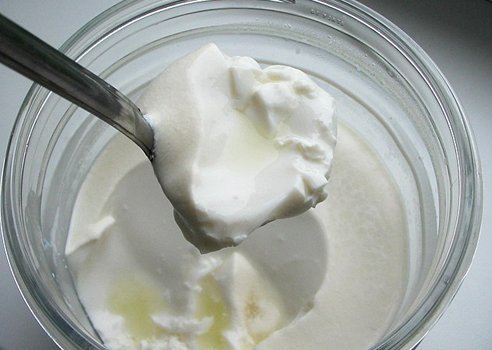Reading time: Less than 1 minute
Increase your vocabulary and you’ll make your writing much more precise. That’s why I provide a word of the week. Today’s word: clabber….
I had never heard the word clabber until I read the novel The Vanishing Half by Brit Bennett.
Here is how Bennett used the term:
“Lighter even,” she said, thinking about Mrs. Fontenot, who’d always boasted that her children were the color of clabber.
The story of fair-skinned Black twins who separate when one of them wants to pass as White, The Vanishing Half explores the life of Black citizens in the Southern US from 1950s to the 1990s.
Clabber is a type of soured milk, that I imagine to be similar to yogurt. It’s produced by allowing unpasteurized milk to ferment. Over time, the milk thickens or curdles into a substance with a strong, sour flavour.
The food was brought to the US by the Scotch-Irish people who settled in the Appalachian Mountains. The etymology of the word is Gaelic from clábair— meaning sour milk. It was sometimes served with a specialized spoon with a handle made at a 90 degree angle from the spoon bowl, to accommodate the way in which clabber had to be ladled out of the container.
With the advent of pasturization, the making of clabber virtually stopped, except on farms with easy access to unprocessed cow’s milk. If you want to try to replicated the taste, try adding a couple of tablespoons of commercial buttermilk to a glass of milk.
Interestingly, the word has many regional variations, including bonnyclabber and in the Northern and Midland U.S., bonnyclapper. In the Hudson River Valley and North Midland, it’s called thick milk. And in the Inland North it’s known as lobbered milk, and in the South Midland and Southern U.S., clobber. In other areas, it’s simply known as crud.


